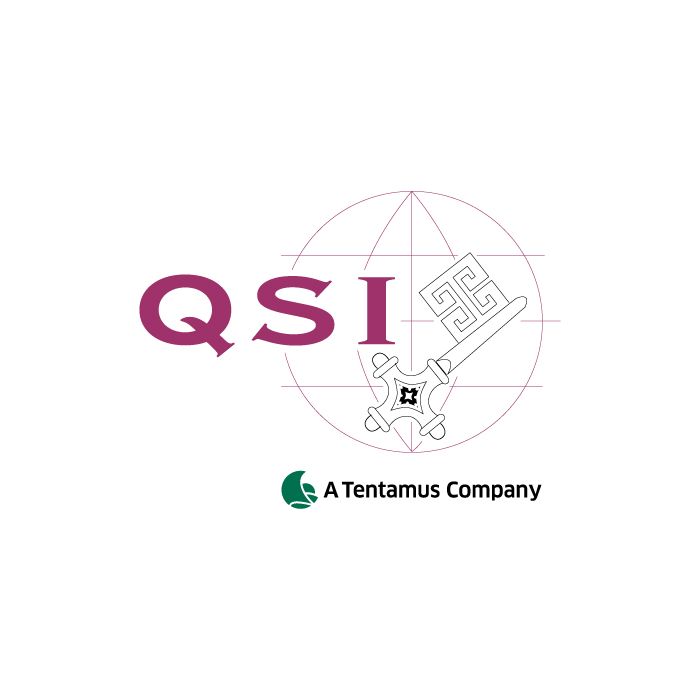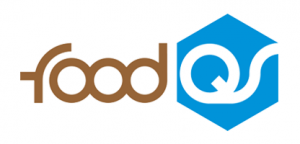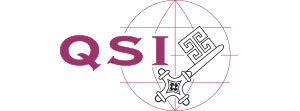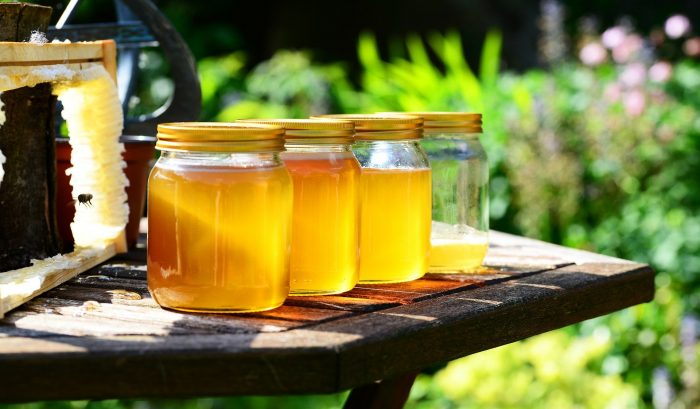A laboratory comparison between FoodQS GmbH and QSI GmbH
High-resolution mass spectrometry coupled to liquid chromatography (LC-HRMS) is increasingly being used to investigate the authenticity of food. The great advantage of this technique is the ability to detect even novel adulterations. This is necessary because adulterators are constantly learning and adapting their adulterations to the analytics currently available. For example, the addition of syrup from C4 plants, such as corn, has been reliably detected by analyzing the carbon isotopes for many years. Currently, syrups from C3 plants and highly purified syrups are used. Since bees also almost exclusively feed on C3 plants, the isotope method no longer works with these adulterations. The development of a new LC-HRMS method should make it much more difficult for adulterators to bypass the analysis
The two laboratories FoodQS in Langenzenn and QSI in Bremen have taken up this challenge and managed to achieve comparable results despite independent method development and database. “This was made possible by the common basic idea of comparing a variety of syrups with authentic honeys of worldwide origin”, explains Bernd Kämpf, Managing Director of FoodQS GmbH.
From the point of view of both laboratories, the use of two data sets (syrup and authentic honey) is absolutely essential for the successful application of this method. Looking at just one data set could inevitably lead to both false-positive and false-negative results. “Both FoodQS and QSI have established their own databases with syrup and honey data. The selection of samples, development of sample preparation, mass spectrometric measurement and statistical data evaluation were carried out completely independently of each other,” describes Arne Dübecke, head of TCF² (Tentamus Center for Food Fraud) and the LC-HRMS department of QSI GmbH.
The primary objective was to determine whether the two laboratories arrived at comparable results or whether discrepancies arose due to the different implementation. To clarify this, an internal laboratory comparison was carried out.
Both laboratories provided 20 honey samples of worldwide origin, so that the laboratory comparison consisted of 40 samples. The analysis showed adulteration in 31 samples in both laboratories, in 5 cases no adulteration in both laboratories and in 4 cases different assessments were made.
Overview of the findings in the two laboratories
Lab 1 Lab 2 Number
+ + 31
– – 5
+ – 2
– + 2
As a conclusion, it can be stated “that in almost all the samples examined, agreement of the results between the laboratories could be achieved. This has clearly exceeded our expectations,” summarizes Bernd Kämpf.
This applies to samples without deviations as well as to samples with clear deviations that suggest an adulteration. In some cases, the conventional, established authenticity analysis was able to provide additional valuable information and substantiate or confirm positive results. “The fact that some samples could only be identified as adulterated by LC-HRMS clearly shows that the goal of detecting novel adulterations that cannot be detected by established methods has been achieved,” Arne Dübecke added in conclusion.
Furthermore, various potential markers could be identified as honey-typical in the course of database matching, which in turn reduces the risk of false-positive assessments based on botanical markers. A comparison database based on authentic honey samples is therefore absolutely essential when using LC-HRMS technology.
In summary Bernd Kämpf says “We are therefore very pleased that the laboratory comparison has been so successful and promising and that two laboratories with the same basic idea but different implementation, i.e. different samples in the databases, different measuring methods and independent statistical evaluations, have achieved a very good agreement”.
The comparability of the two methods is very good, which means that a confirmation analysis carried out by one of the two laboratories is highly likely to provide an identical result, thus enabling the client to have a critical result checked.
Do not hesitate to contact us for further questions.
Email: info(at)qsi-q3.de
Tel: +49 (0)421 / 59 66 070
Bremen, 21.07.2020



